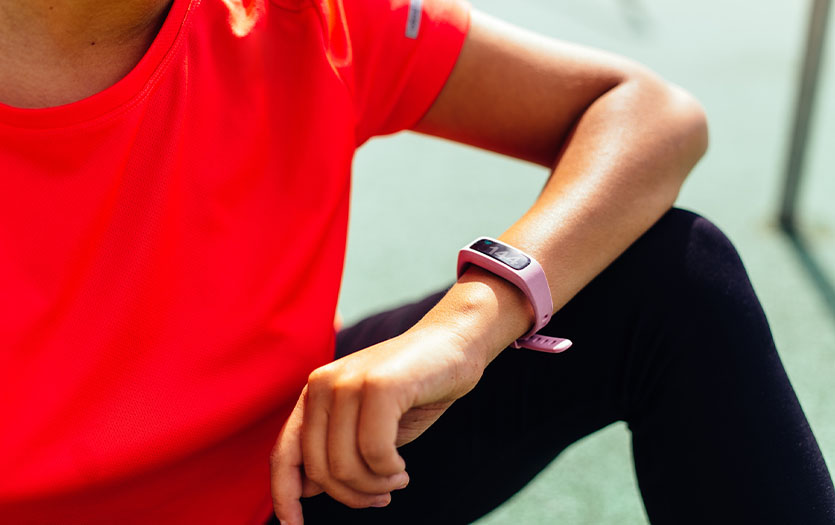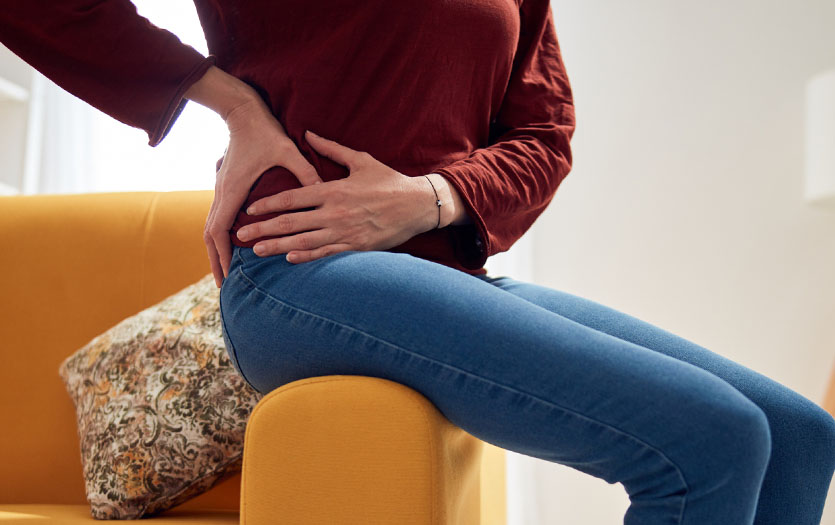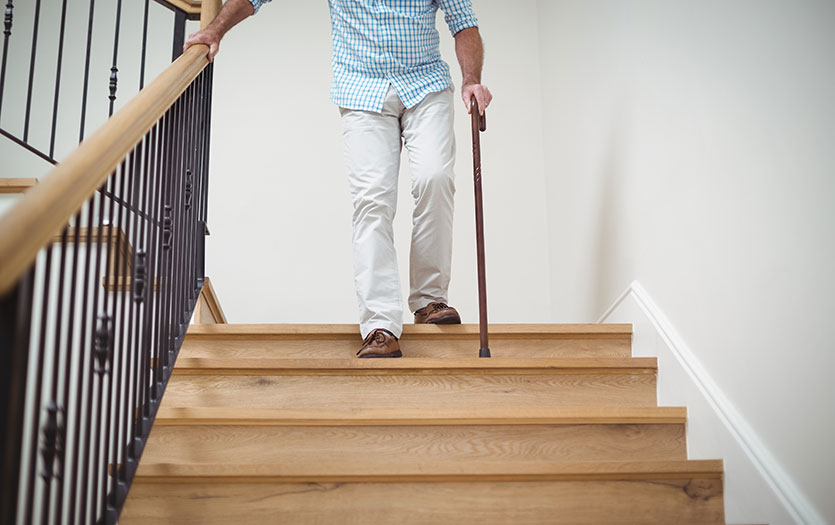
Irritation and discoloration in the eyes can be indicators of a few conditions. We asked Rebecca Holdgreve, NP, Parkview Walk-in Clinic, Joelle Roberts, NP, and Sara Herstad, DO, Parkview Walk-in Clinic, to discuss the uncomfortable symptoms of red eye and pink eye, as well as treatment options to address each diagnosis.
What causes red eye?
Red eye can be caused by allergies, an object or foreign body in the eye, irritation, viruses or autoimmune conditions.
What causes pink eye?
Pink eye can be a symptom of a cold or virus, bacteria or allergies.
What are the symptoms of red eye?
- If red eye is caused by bacteria, it typically comes on suddenly (within 12-24 hours) in one eye, and pus and/or eye discharge and/or eyelid swelling is also present.
- If redness is caused by an allergen or irritation, it’s often brought on by exposure to known triggers like grass, pet dander or smoke/chemical irritants.
What are the symptoms of pink eye?
- When a cold or virus causes pink eye, both eyes are affected, as opposed to bacterial pink eye, which normally affects one eye. However, bacterial pink eye is highly contagious and can spread to the other eye by touching or rubbing the eyes.
- Bacterial pink eye often presents with pus or yellow/green drainage, a reddish color in the eye, irritation/itching, eyelid swelling and sometimes sensitivity to light. Patients often wake up with their eyelids stuck shut by the discharge.
- For irritation, viral or allergic causes, patients will have a red eye with clear/thick watery-like drainage, burning and itching or mild eyelid swelling.
Are there any key similarities or differences between red or pink eye?
With bacterial pink eye, drainage will appear thick, colored and sticky versus thin and watery as seen in allergy or viral irritation/red eyes.
Preventing red eye
To prevent red eye, avoid rubbing the eyes, use good eye hygiene by removing makeup daily, cleaning and disinfecting contact lenses and using protective eye gear when working with something that could potentially get in the eye. Change your eye makeup regularly and do not share products.
Preventing pink eye
The key to preventing pink eye is, first and foremost, good handwashing! Additionally, patients should clean and disinfect contact lenses as recommended, and avoid sharing makeup or eyewear with others.
Treating red eye at home
For relief of red eye, patients can apply a warm washcloth on the eye to help decrease irritation and promote healing. Do this 3-5 times a day for about 10 minutes. Be sure to wash hands before and after and use a clean washcloth every time.
Patients can also use moisturizing eye drops. We recommend avoiding eye drops that “take the red out” like VISINE®, these can cause increased redness if used for long periods.
Patients should disinfect their phones regularly, beginning at the onset of symptoms.
When to seek medical attention from a professional for red eye
If a patient notices thick drainage, has eyeball pain, has swelling to the upper or lower lids, has any changes to their vision or becomes sensitive to the light, they should see a medical professional.
Treating pink eye at home
For relief of pink eye, patients can apply a warm washcloth on the eye to help decrease irritation and promote healing. Do this 3-5 times a day for about 10 minutes. Be sure to wash hands before and after and use a clean washcloth every time.
Wash the eye(s) with a gentle cleanser, like baby shampoo, twice a day to remove any debris from the lashes and corners of the eye.
Use allergy eyedrops or moisturizing eye drops for both viral and allergic pink eye to relieve discomfort and dispose of any makeup, contact lenses or products that have come into contact with your eye.
Patients should disinfect their phones regularly, beginning at the onset of symptoms.
When to seek medical attention from a professional for pink eye
If a patient experiences pain, changes to their vision, pain with eye movement or has symptoms for more than 5-7 days despite using the above recommendations, they should seek medical attention.
Convenient care options
Parkview MyChart makes it quick and easy to receive care for common issues such as pink eye with E-Visits. E-Visits use a symptom-based questionnaire to diagnose and provide treatment for several common conditions – no appointment or video visit is needed. It only takes a few minutes to complete the questionnaire and one business day, excluding weekends, to receive a personalized treatment plan from a Parkview provider including prescription medication, if needed. Find more about E-Visits here. To get started, download the free MyChart app, log in to your account and tap E-Visit.
Without a Parkview MyChart account?
Call our MyChart Support Team at 260-266-8700 or toll-free 1-855-853-0001, email [email protected] or create an account here. It is free, available to all Parkview patients, and accessible anytime, anywhere in the United States via the web or mobile app: Apple | Android



